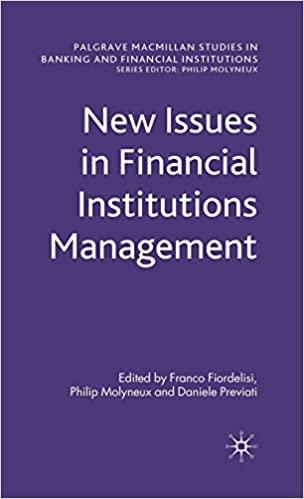Suppose that you have estimated the Fama-French three-factor and four-factor models for three different stocks: BCD, FGH, and JKL. Specifically, using return data from 2005 to 2009 , the following equations were estimated:: Three-Factor Model: BCD: [E(R)RRR](1.029)(AM)+(0.017)(sMa)+(0.335)(Hen)+(0.056)(1004) a. You have also estimated factor risk premia over a recent is-vear period as: 1 a =7.17 percent, A sae =1.94 percent, Aket =4.49 percent, and Awoy - 4.81 percent, Use these estimated isk premia along with two factor models estimated to calculate the expected excess retums for the thren stocks. Round your answers to two decimal places. expected excess returns for BCD, FGH, and Jiki using both of these alcemative seti of factor risk premia in confuncton with the chrest factor rask roodel, Round your answers to two decimal places. percent, and 1 wos 5.27 percent), and (2) 80 . wear pericof (ha =7.95 percent, Aswa =3.54 percent, and dyen =5.00 percent). Calculate the expected excess returns for BCD, FGH, and jKL using both of these alternative sets of factor risk premia in canjunction with the three-factor isk model, Round your answers to two decimal places. c. You now also consider historical estimates for the MOM risk factor oyer the two additional time frames: (1) A wov =8.03 percent (30-year penced). and (2) Hwo4 = 9.75 percent (60-year period). Using this additional information, calculate the expected excess returns for BCD, FGH, and JKL in conlunction with the four-factor risk model. Round your answers to two decimal places. d. Do all of the expected excess retums you calculated in part (a) and part (b) make sense? If not, identify which ones seem inconsistent with asset pricing theory and discuss why. The excess returns for for all periods seem moderately large. This is partly due to the fact that the regressions unlike factor Iisk premla were estimated using data from much periods. Suppose that you have estimated the Fama-French three-factor and four-factor models for three different stocks: BCD, FGH, and JKL. Specifically, using return data from 2005 to 2009 , the following equations were estimated:: Three-Factor Model: BCD: [E(R)RRR](1.029)(AM)+(0.017)(sMa)+(0.335)(Hen)+(0.056)(1004) a. You have also estimated factor risk premia over a recent is-vear period as: 1 a =7.17 percent, A sae =1.94 percent, Aket =4.49 percent, and Awoy - 4.81 percent, Use these estimated isk premia along with two factor models estimated to calculate the expected excess retums for the thren stocks. Round your answers to two decimal places. expected excess returns for BCD, FGH, and Jiki using both of these alcemative seti of factor risk premia in confuncton with the chrest factor rask roodel, Round your answers to two decimal places. percent, and 1 wos 5.27 percent), and (2) 80 . wear pericof (ha =7.95 percent, Aswa =3.54 percent, and dyen =5.00 percent). Calculate the expected excess returns for BCD, FGH, and jKL using both of these alternative sets of factor risk premia in canjunction with the three-factor isk model, Round your answers to two decimal places. c. You now also consider historical estimates for the MOM risk factor oyer the two additional time frames: (1) A wov =8.03 percent (30-year penced). and (2) Hwo4 = 9.75 percent (60-year period). Using this additional information, calculate the expected excess returns for BCD, FGH, and JKL in conlunction with the four-factor risk model. Round your answers to two decimal places. d. Do all of the expected excess retums you calculated in part (a) and part (b) make sense? If not, identify which ones seem inconsistent with asset pricing theory and discuss why. The excess returns for for all periods seem moderately large. This is partly due to the fact that the regressions unlike factor Iisk premla were estimated using data from much periods








